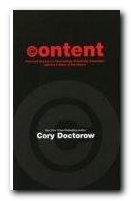modern art meets digital technology – the latest results
As bandwidth has increased and rates for subscribing to it have dropped, so we have easier access to sites offering high quality graphics, animations, and even streamed videos. Digital artists can now make their work available to a very wide audience. This survey of contemporary internet art attempts to merge visual art with the digital world. It comes from the cheap-and-cheerful but excellent value ‘World of Art’ series of paperbacks from Thames and Hudson. As somebody who has recently started to experiment with Internet art – albeit in a Blogging sort of way – I bought this book thinking it would give me some new ideas. It did – but it’s a lot more besides.
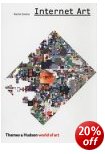 It starts off quite usefully with a quick overview of computers and the Internet, then situates the origins of Net art in the experimental art of the 1960s and 1970s. I was surprised Rachel Greene didn’t have examples from these early years. For instance, it’s half way through the book before she even mentions ASCII art.
It starts off quite usefully with a quick overview of computers and the Internet, then situates the origins of Net art in the experimental art of the 1960s and 1970s. I was surprised Rachel Greene didn’t have examples from these early years. For instance, it’s half way through the book before she even mentions ASCII art.
Instead, she pitches straight into Web-based ‘happenings’ from the 1990s, where web sites are used to co-ordinate and publicise public events – usually of a ‘situationist’ type. The most interesting innovation which I had not seen before is ‘Browser Art’- where browsers are re-programmed using JavaScript and Perl scripts to simultaneously display a mosaic of materials from multiple sources. The other genre which seems promising is software art.
She is very well informed about what is going on in what I suppose still calls itself the avant-gard, so it’s all the more disappointing that her expression of it is clouded by the written style of the art school manifesto:
As site-specific sculpture operates vis-a-vis the particular components and ideologies of a place, so do many works of Internet art derive in significant ways from their location within a networked public field of vision and consumption.
Fortunately, the book is profusely illustrated, which helps you through two hundred pages of that sort of thing.
I was disappointed that she missed the chance to categorise the various genres of art object that are made possible by the Internet – the web site as display gallery, as record of an expedition, as interactive game or challenge, as multimedia experience, and so on – though she does discuss examples of each.
Blogging is covered in one sentence, and Flash animations don’t even get a mention. Even hypertextuality doesn’t get much of a look in, yet lots of space is devoted to silly art-school pranks and radical [for which read pretty useless] ‘experiments’.
Overall, this strikes me as a missed opportunity, because she clearly knows a lot about radical art of the 1990s, but her lack of historical and conceptual depth means she is unable to synthesise it. Instead, she provides a descriptive tour of various fin de siècle activist posturings, happenings, and staged art events about which most sane people will neither know nor care.
So far as I’m aware, the book on Internet Art has still to be written. Correct me if I’m wrong. Yet there’s bound to be something in here somewhere for anyone interested in the relationship between digital technology and art. Despite my reservations, I look forward to browsing some of the more inventive sites she lists in a well documented Webliography.
© Roy Johnson 2004
![]() Buy the book at Amazon UK
Buy the book at Amazon UK
![]() Buy the book at Amazon US
Buy the book at Amazon US
Rachel Greene, Internet Art, London: Thames and Hudson, 2004, pp.224, ISBN 0500203768
More on art
More on media
More on design
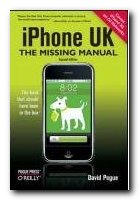
 And nothing can go drastically wrong, so you don’t need to worry. It’s no wonder that these devices have become popular so quickly. Quite apart from the ultra-cool design, you can download games, extras, and software novelties with no trouble at all. Many of them are completely free or amazingly cheap. For instance, the ‘Brushes’ graphic design program used to produce
And nothing can go drastically wrong, so you don’t need to worry. It’s no wonder that these devices have become popular so quickly. Quite apart from the ultra-cool design, you can download games, extras, and software novelties with no trouble at all. Many of them are completely free or amazingly cheap. For instance, the ‘Brushes’ graphic design program used to produce 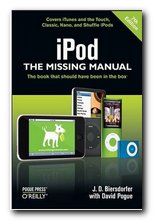
 And nothing can go drastically wrong, so you don’t need to worry. It’s no wonder that these devices have become so popular so quickly. Quite apart from the ultra-cool design, you can download games, extras, and software novelties with no trouble at all. Many of them are completely free or amazingly cheap. For instance, the ‘Brushes’ graphic design program used to produce
And nothing can go drastically wrong, so you don’t need to worry. It’s no wonder that these devices have become so popular so quickly. Quite apart from the ultra-cool design, you can download games, extras, and software novelties with no trouble at all. Many of them are completely free or amazingly cheap. For instance, the ‘Brushes’ graphic design program used to produce 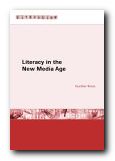
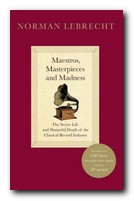
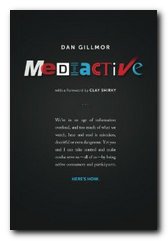

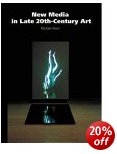
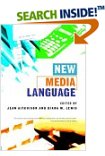
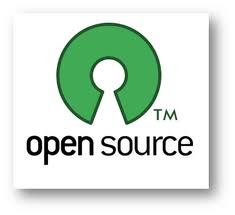 It is now not uncommon to hear of staff packing any remaining teaching commitments into one term (or semester) – giving them two-thirds of a year free to do as they wish. At professorial level it’s even worse. At my former university a well-known academic with an international reputation on a six-figure salary taught for two hours once a fortnight, refused to make his email address or his telephone number available to anyone, and lived outside the UK, jetting in for his celebrity seminars every two weeks and returning home the same day.
It is now not uncommon to hear of staff packing any remaining teaching commitments into one term (or semester) – giving them two-thirds of a year free to do as they wish. At professorial level it’s even worse. At my former university a well-known academic with an international reputation on a six-figure salary taught for two hours once a fortnight, refused to make his email address or his telephone number available to anyone, and lived outside the UK, jetting in for his celebrity seminars every two weeks and returning home the same day.
